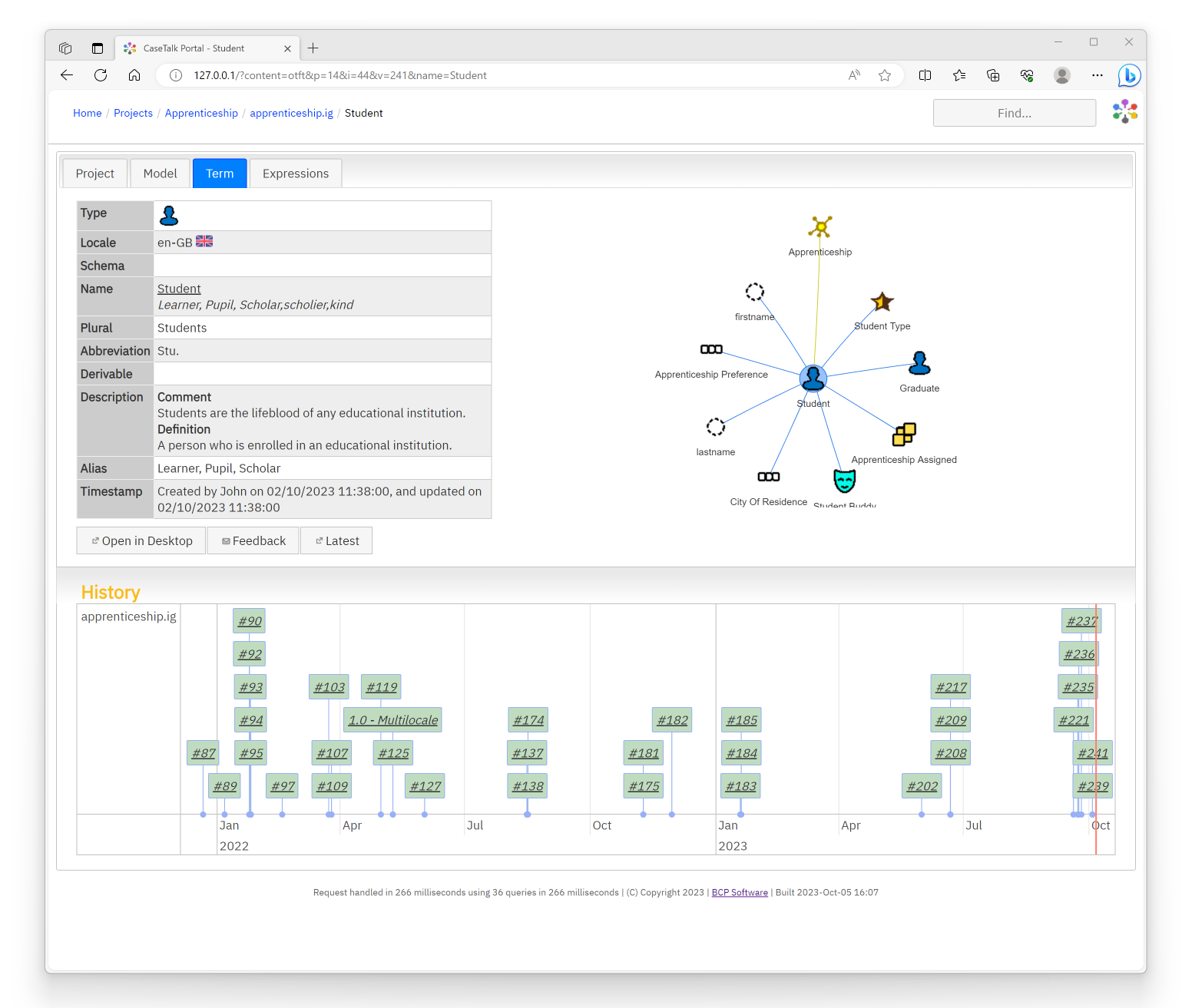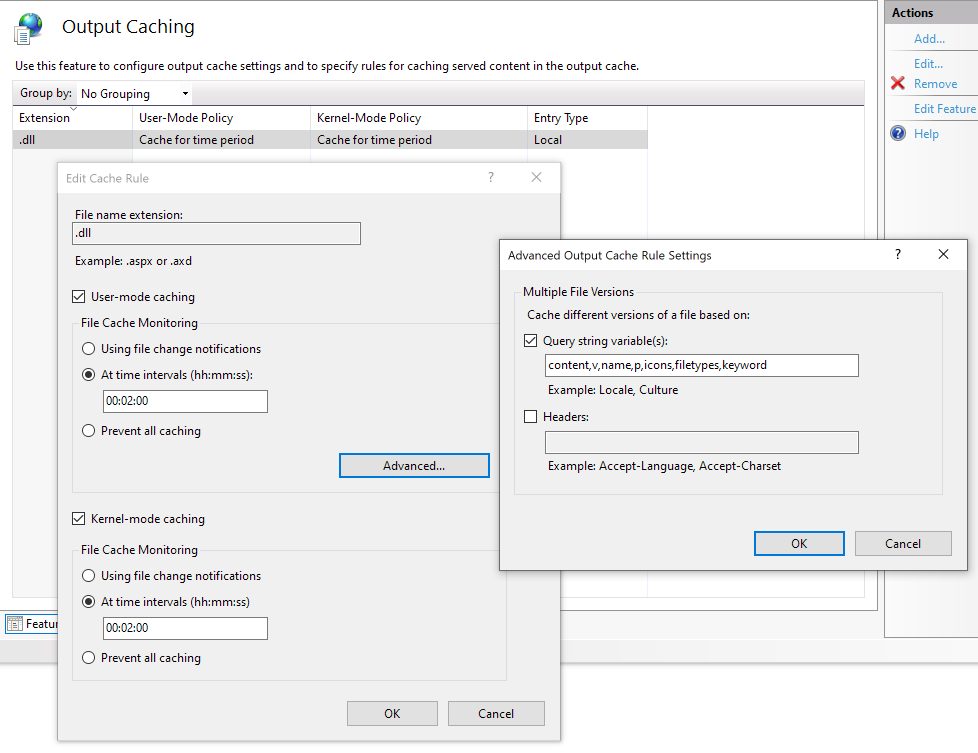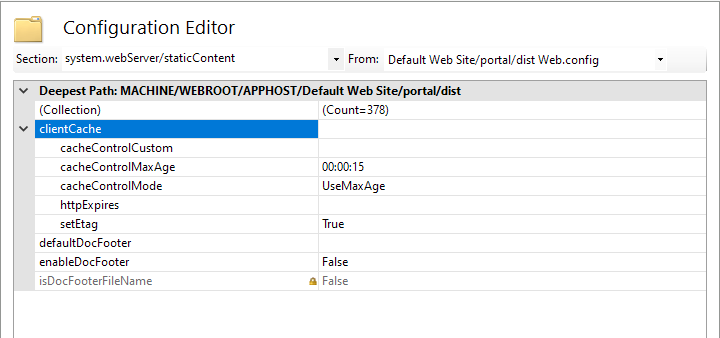InstallPortal
CaseTalk Portal
The entire portal software is controlled with a ISAPI dll, static files and a database configuration. The portal may be downloaded from the website as CaseTalkPortal.zip.

Unpacking
Once the portal software is extracted from the zip file and copy those to the c:\inetpub\wwwroot folder. The folder structure should resembled the above.
c:\inetpub\wwwroot\
portal\
dist\
ftp\
msodbcdiag17.dll
msodbcsql17.dll
msodbcsqlr17.dll
Portal_Isapi.dll
Portal_Isapi.ini
web.config
IIS Prerequisites
- IIS needs to contain the ISAPI feature.
- VC_Redist.x86 (from the free download section)
Portal Files
To install the portal in IIS, follow the steps below:
- Create a Application Pool called CaseTalkPortal which has No Managed Code and Classic pipeline mode.
- Make sure the CaseTalkPortal pool has the advanced settings set to Enable 32 bit applications.
- Under the Default Website add an Application which is hooked to the CaseTalkPortal Application, and points to the physical folder portal\.
- Once CaseTalk Manager is run successful, copy the CaseTalkManager.ini from the roaming profile folder into Portal_Isapi.ini for proper database connection configuration.
- In the portal_isapi.ini add the line "homepage=\myportal" to the settings-section. This is used to navigate users to the proper startpage when clicking the Home. Please adjust to your appropriate setup.
- To customize the introduction- and about-tab, please read the section at the bottom of this page.
IIS Configuration
- Website Handler Mappings: Configure the ISAPI-dll to point to the portal_isapi.dll, and make sure it is executable. This is done through properties and feature permissions.
- ISAPI and CGI Restrictions of the webserver: Add the portal_isapi.dll to the list and make sure it is allowed to be executed.
- Website Default Document: Add the portal_isapi.dll as a default document name.
IIS Caching
For cache optimizations, the Output Caching can be tweaked to result in the following web.config:
<?xml version="1.0" encoding="UTF-8"?>
<configuration>
<location path="dist">
<system.webServer>
<staticContent>
<clientCache cacheControlMode="UseMaxAge" cacheControlMaxAge="00:30:00" />
</staticContent>
</system.webServer>
</location>
<system.webServer>
<caching>
<profiles>
<add extension=".dll" policy="CacheForTimePeriod" kernelCachePolicy="CacheForTimePeriod" duration="00:30:00" varyByQueryString="content,v,name,p,icons,filetypes,keyword" />
</profiles>
</caching>
<handlers accessPolicy="Script, Read, Execute">
<remove name="ISAPI-dll" />
<add name="ISAPI-dll" path="*.dll" verb="*" modules="IsapiModule" scriptProcessor="Portal_Isapi.dll" resourceType="File" requireAccess="Execute" allowPathInfo="true" preCondition="bitness32" />
</handlers>
</system.webServer>
</configuration>
The above can be edited by hand (make sure the file maintains the correct permissions for IIS), or done through various configuration screens using the IIS Manager:
Navigate to the Website Portal Folder and double click the Output Caching icon:
Navigate to the Dist folder and double click the Configuration Editor and add the following to mark the entire folder as static content:
Monitoring
For monitoring the Event Viewer of Windows can be used. Relevant logs are to be found under Windows Logs\Application with the source being CaseTalkPortal.
Customization
The file Portal_isapi.ini contains a few lines for database configuration and a more generic section.
[Settings] Homepage=/ introduction=/ftp/introduction.html about=/ftp/about.html
These lines allow customization of the portal glossary home page by injecting a specially crafted html file to be presented inside the introduction and about tabs.

